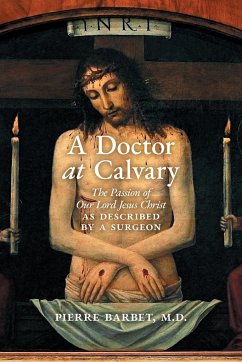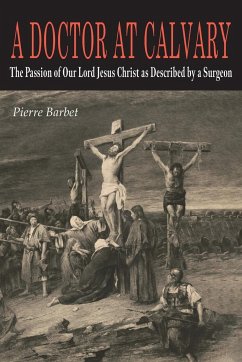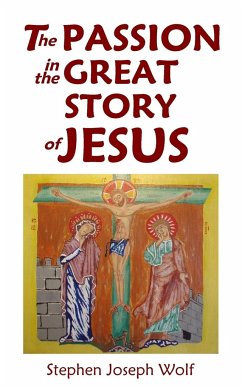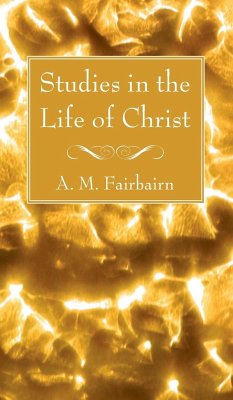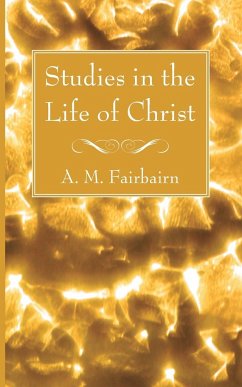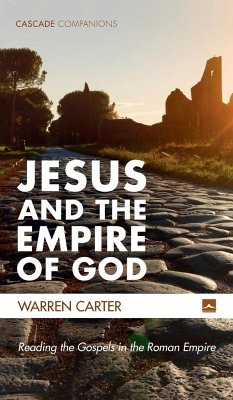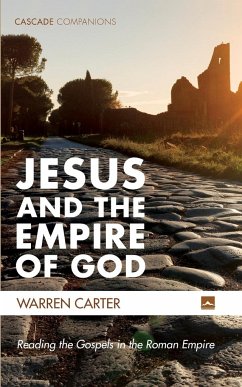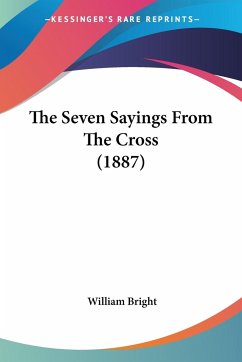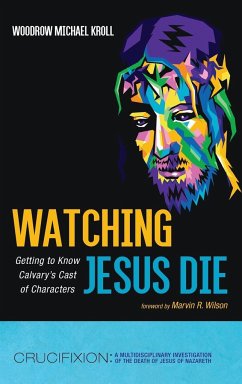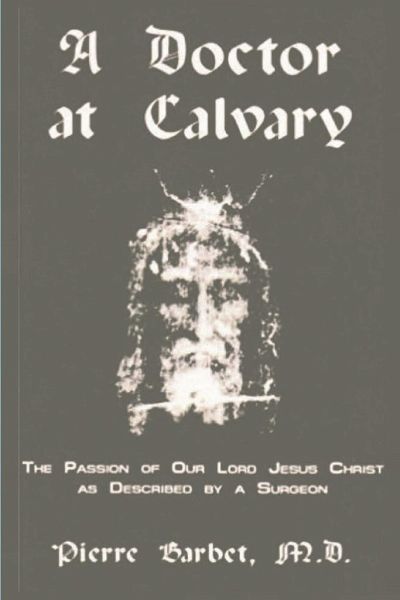
A Doctor at Calvary - The Passion of Our Lord Jesus Christ as Described by a Surgeon
Versandkostenfrei!
Versandfertig in 1-2 Wochen
13,99 €
inkl. MwSt.

PAYBACK Punkte
7 °P sammeln!
What the Gospels don't reveal about Christ's suffering, science does. The Gospels reveal only the barest essentials about the physical sufferings of Our Lord. But in this mind-opening book, Dr. Pierre Barbet relies heavily on his close analysis of the Holy Shroud of Turin to recreate every stage of the Passion with heart-rending precision and detail. The result: a minor classic of spirituality by a modern layman. Dr. Barbet was a devout believer who knew the spiritual value of his findings - and he encouraged priests and pastors to use them: "It is largely with a view to these clerics that I h...
What the Gospels don't reveal about Christ's suffering, science does. The Gospels reveal only the barest essentials about the physical sufferings of Our Lord. But in this mind-opening book, Dr. Pierre Barbet relies heavily on his close analysis of the Holy Shroud of Turin to recreate every stage of the Passion with heart-rending precision and detail. The result: a minor classic of spirituality by a modern layman. Dr. Barbet was a devout believer who knew the spiritual value of his findings - and he encouraged priests and pastors to use them: "It is largely with a view to these clerics that I have wished to divulge my ideas, so that they may nourish their devotion to Jesus crucified and may bring it out in their preaching." This classic, with its engrossing and sympathetic medical portrayal of the Passion, has ignited religious devotion in clerics and laymen for over half a century.



